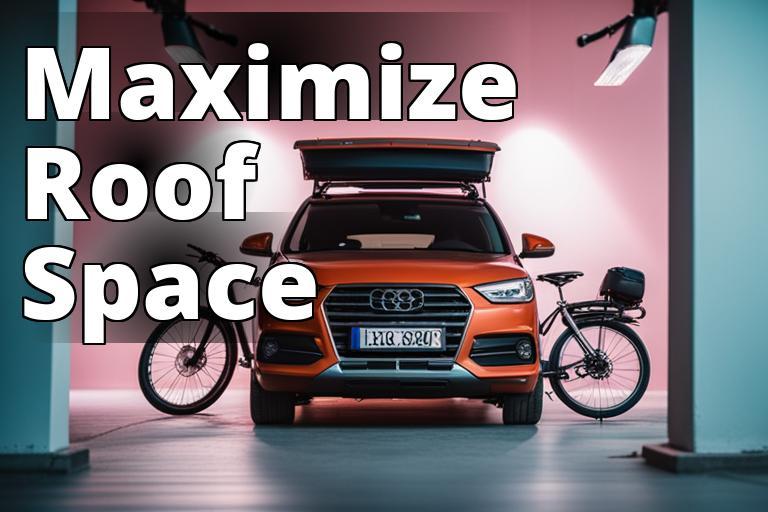
If you’re an outdoor enthusiast, you know the importance of having the right gear. But what do you do when you need to transport your bike and equipment on your car? Can you fit a roof box and bike rack together? The answer is yes, and in this comprehensive guide, we’ll walk you through everything you need to know to safely and efficiently transport your gear on your car.
Fitting a Roof Box and Bike Rack Together: A Comprehensive Guide
By reading this article, you will learn:
– The types and uses of roof boxes and bike racks
– How to ensure compatibility between them
– Tips for safe driving and maintenance
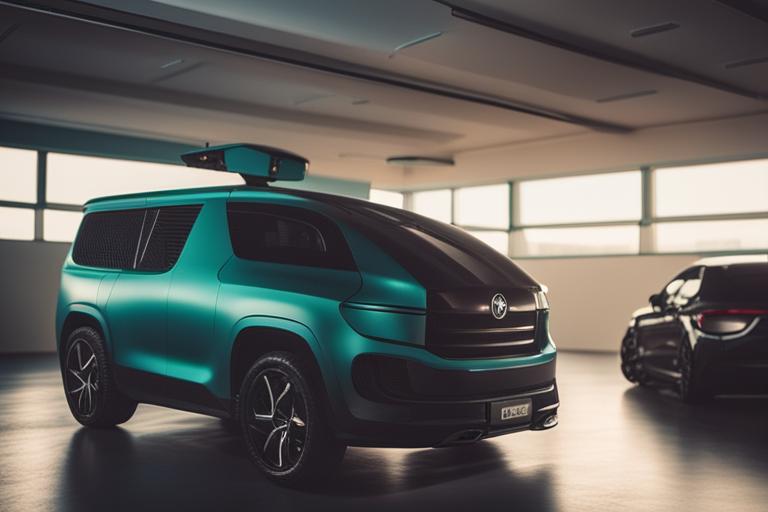
Understanding Roof Boxes and Bike Racks
Roof boxes, also known as cargo boxes, are a type of storage container that attaches to the roof of your car. They’re typically made of durable plastic or fiberglass and come in various sizes and styles to fit different types of vehicles and storage needs. Roof boxes are perfect for carrying bulky items like camping gear, luggage, or sports equipment.
Bike racks, on the other hand, are designed specifically for transporting bicycles. There are several different types of bike racks, including hitch-mounted racks, trunk-mounted racks, and roof-mounted racks. Roof-mounted bike racks are a popular choice for car owners who want to free up space inside their vehicle for passengers or other gear.
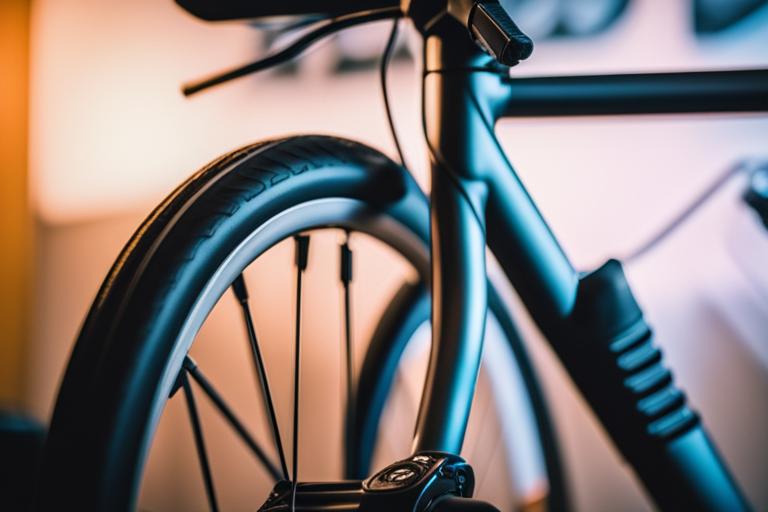
Compatibility of Roof Boxes and Bike Racks
The compatibility of roof boxes and bike racks is a common concern among outdoor enthusiasts. Several factors determine whether a roof box and bike rack will work well together. You’ll need to make sure the weight of your gear doesn’t exceed the weight limit of your roof rack system. You’ll also want to consider the size and shape of your roof box and bike rack to ensure they don’t interfere with each other.
To ensure compatibility, choose a roof box and bike rack made by the same manufacturer or designed to work together. Some roof box and bike rack manufacturers offer compatibility charts or online tools to help you determine which products work well together.
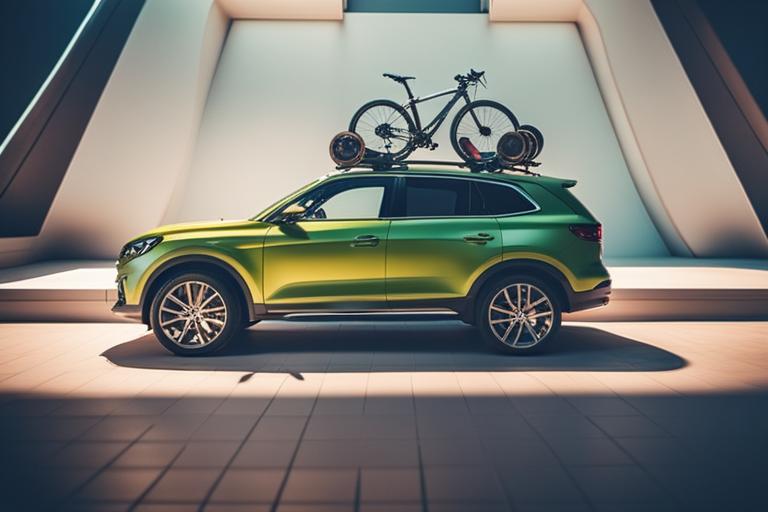
Placement of Roof Boxes and Bike Racks
Once you’ve selected compatible roof boxes and bike racks, it’s crucial to place them correctly on your car. When installing a roof box, position it so that it doesn’t interfere with your car’s antenna, sunroof, or rear hatch. Ensure that the box is securely attached to your roof rack system and centered on your roof.
When installing a roof-mounted bike rack, ensure your bike is secured tightly to the rack and positioned so that it doesn’t interfere with your car’s antenna or rear hatch. Make sure that the rack is securely attached to your roof rack system.
| Type of Roof Box | Description | Pros | Cons |
|---|---|---|---|
| Hard Shell | Made of durable plastic or fiberglass, provides more security and protection for gear | Weather-resistant, secure, can hold heavy items | Expensive, may affect fuel efficiency |
| Soft Shell | Made of fabric, collapsible for easy storage when not in use | More affordable, lightweight, easy to install | Less secure, may not be as weather-resistant |
| Cargo Bag | Made of fabric, can fit various roof sizes and shapes | Affordable, lightweight, easy to install, can fit various roof sizes and shapes | Not as secure, may not be as weather-resistant |
| Cargo Basket | Made of metal or plastic, provides more space for larger items | Can hold larger items, easy to install, can be used with cargo nets for added security | Not as weather-resistant, may affect fuel efficiency |
| Type of Bike Rack | Description | Pros | Cons |
|---|---|---|---|
| Hitch-Mounted | Attaches to the hitch on the back of your car, can hold multiple bikes | Easy to install and use, can hold multiple bikes, doesn’t affect fuel efficiency | May require a hitch to be installed, may obstruct rearview camera |
| Trunk-Mounted | Attaches to the trunk or hatch of your car, can hold up to three bikes | Affordable, easy to install, can be used on various car models | Can obstruct rearview, may damage car paint |
| Roof-Mounted | Attaches to the roof of your car, can hold one to two bikes | Doesn’t obstruct rearview, can be used with other roof-mounted gear | May affect fuel efficiency, requires lifting bike onto the roof |
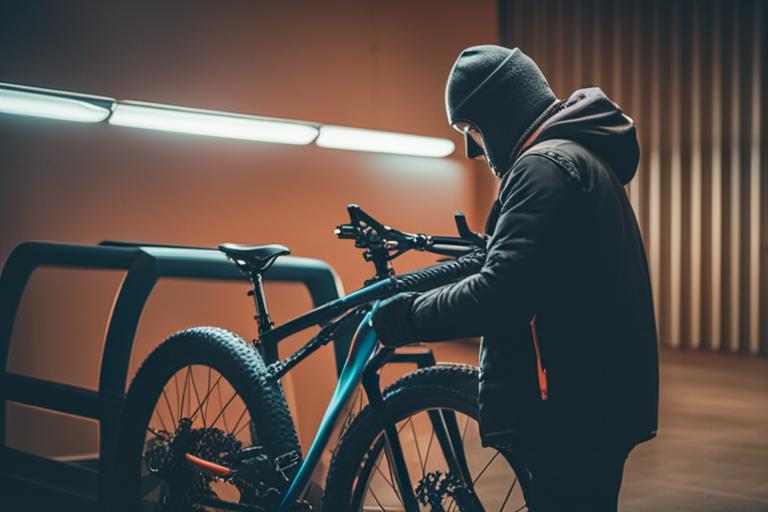
Loading of Roof Boxes and Bike Racks
Now that your roof box and bike rack are securely in place, it’s time to load them up. When loading a roof box, distribute the weight evenly and place heavier items on the bottom. Ensure that your gear is secured inside the box so that it doesn’t shift during transport.
When loading a roof-mounted bike rack, position your bike so that it’s balanced and doesn’t interfere with your car’s antenna or rear hatch. Ensure that your bike is secured tightly to the rack so that it doesn’t move during transport.
Driving with a Roof Box and Bike Rack
Now that your gear is loaded up and ready to go, it’s important to take some precautions while driving to ensure everything stays safe and secure. When driving with a roof box and bike rack, avoid high speeds and sudden turns, as this can cause your gear to shift or become damaged. Be aware of any low-clearance areas, such as parking garages or drive-thru lanes, and avoid them if possible.
To ensure a safe and smooth ride, invest in a wind deflector for your roof box to reduce wind noise and improve fuel efficiency. Consider using a bike lock to secure your bike to the roof rack during transport.
Removing Roof Boxes and Bike Racks
Once you’ve arrived at your destination, it’s important to know how to safely remove your roof box and bike rack. When removing a roof box or bike rack, follow the manufacturer’s instructions carefully to avoid damaging your equipment. Take care when lifting heavy items off your roof to avoid injury.
When your roof box or bike rack isn’t in use, store it properly to avoid damage and prolong its lifespan. Consider using a storage bag or cover to protect your equipment from the elements.
Maintenance of Roof Boxes and Bike Racks
Finally, keep your roof box and bike rack in good condition through regular maintenance. To clean your roof box or bike rack, use a mild soap and water to wipe down the surface. Avoid using abrasive cleaners or brushes, as these can scratch the surface.
Regularly inspect your roof box and bike rack for signs of wear and tear, such as cracks, rust, or loose screws. If you notice any damage, address it promptly to avoid further damage or safety issues. If you need to replace any parts on your roof box or bike rack, be sure to use parts specifically designed for your equipment and follow the manufacturer’s instructions carefully.
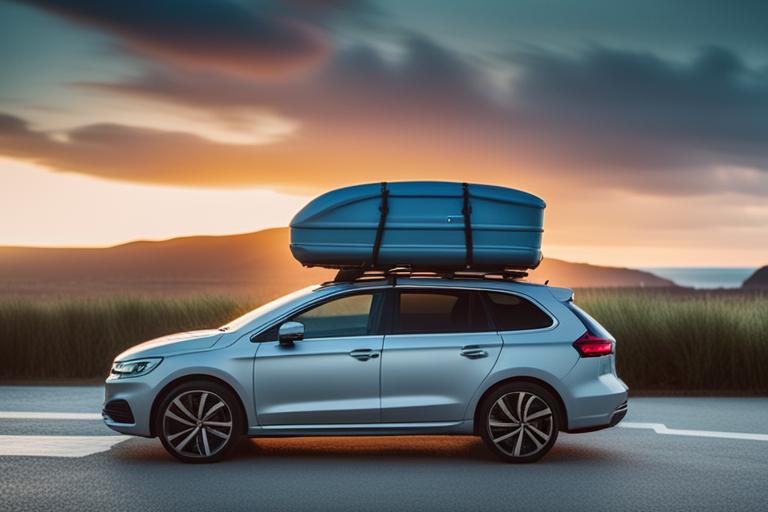
Real-Life Examples
Many outdoor enthusiasts have successfully used roof boxes and bike racks together to transport their gear. For example, a family of four can use a roof box to store their camping gear while using a roof-mounted bike rack to transport their bikes. This combination allows them to use their car’s interior space for passengers and other gear.
Another example is a cyclist who needs to transport their bike to a race. By using a roof-mounted bike rack and a smaller roof box, they can safely transport their bike and necessary race gear without sacrificing interior space.
Conclusion
Combining a roof box and bike rack is a space-efficient and safe solution for car owners who enjoy outdoor activities. By following the guidelines provided in this comprehensive guide, car owners can ensure the safe and efficient use of their equipment and get the most out of their outdoor adventures. Remember to choose compatible products, position your equipment properly, drive safely, and maintain your roof box and bike rack through regular cleaning and inspection. With these tips in mind, you’ll be ready to hit the road and enjoy all of your favorite outdoor activities with ease.
Personal Story: Finding the Perfect Combination
When I first purchased my roof box and bike rack, I was excited to be able to take my family and friends on outdoor adventures without sacrificing comfort or space. However, I quickly realized that finding the perfect combination of the two wasn’t as easy as I thought it would be.
After doing some research, I discovered that the weight distribution of the roof box and bike rack was crucial to ensuring a safe and stable ride. I also had to take into account the size and shape of the roof box and bike rack to make sure they fit together properly.
One summer, I planned a road trip with my family and wanted to bring our bikes along. After some trial and error, I found that placing the roof box towards the back of the car and the bike rack towards the front helped distribute the weight evenly and made for a smoother ride.
By taking the time to understand the compatibility, placement, and loading of my roof box and bike rack, I was able to find the perfect combination for my car and outdoor needs. Now, I can confidently take my family and friends on outdoor adventures with all of our equipment safely and comfortably stored.






